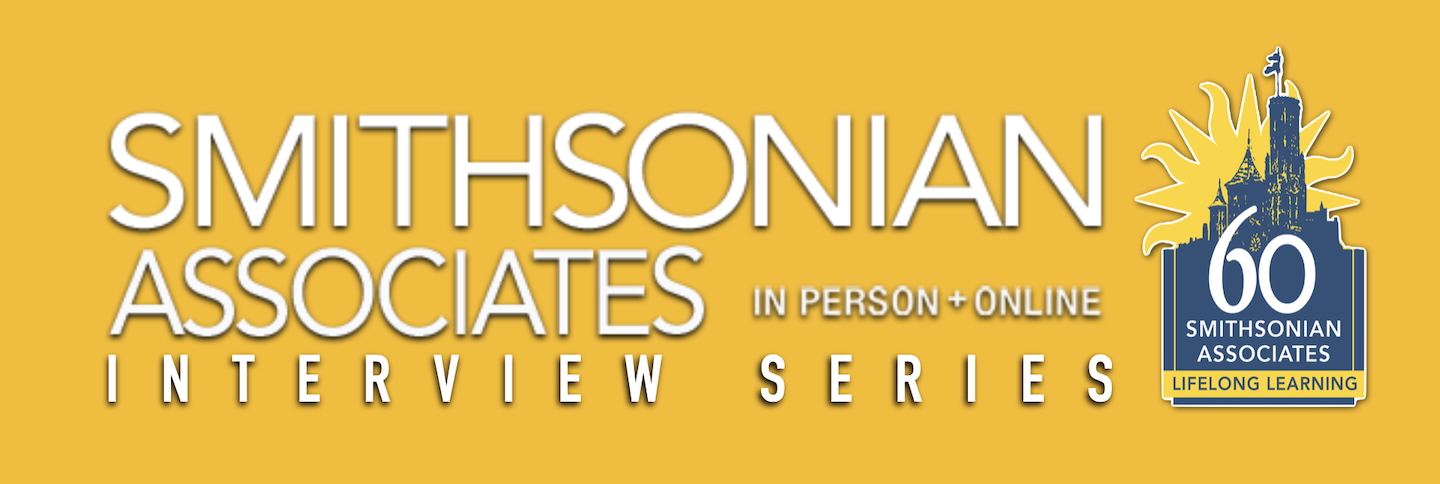Paul Glenshaw, The Dawn of Flight in Washington, DC
Smithsonian Associates Artist Interview Series
Welcome to The Not Old Better Show. I’m Paul Vogelzang and this is episode #458.
As part of our Smithsonian Associates, Art of Living Series, our guest today, Paul Glenshaw, has been here before. Paul Glenshaw will be presenting via Zoom at the Smithsonian Associates program on, Saturday, June 27, 2020. Details are available on our site about Zoom. Paul Glenshaw is a real audience favorite, and I’m thrilled Paul agreed to join us again to talk about The Dawn of Flight in Washington, DC.
Think of the invention of the airplane and places like Kitty Hawk, North Carolina, or Dayton, Ohio, come to mind. How about Washington, D.C.?
You’d likely be surprised that the nation’s capital is home to several significant sites connected to the beginnings of the airplane. Together, they tell a story of large and small moments that helped launch flight as we know it today.
Join me, and Wilbur and Orville Wright scholar Paul Glenshaw for a virtual tour that visits locations across the area to discover the crucial role Washington played in the earliest days of powered flight. Drawing on a variety of visual sources, including contemporary and historic photos, he covers an itinerary that brings to life the people, places, and events that shaped an era of discovery.
Fort Myer in Northern Virginia is where Orville Wright successfully demonstrated the first military aircraft, and his brother Wilbur trained the first military officers to fly at College Park, Maryland, establishing the oldest continually operating airport in the world. The third secretary of the Smithsonian, Samuel Pierpont Langley, created some of the first successful powered models of heavier-than-air flying machines inside the historic Castle on the National Mall. His full-scale manned version had a disastrous crash off Hains Point nine days before the Wright brothers succeeded. Harry Atwood landed one of the brothers’ planes on the South Lawn of the White House in 1911, completing the first-ever flight from Boston to Washington.
Tour stops also include the Air and Space Museum, which houses several significant examples of early aircraft; the burial sites of pioneering aviators at Arlington National Cemetery and the National Cathedral; the U.S. Air Force Memorial; and the Southeast Washington street where Al Welsh, one of the Wright brothers’ early students and the first Jewish-American pilot, grew up.
Please welcome to The Not Old Better Show, via Internet phone, Paul Glenshaw.
You’re welcome, Paul Glenshaw. Paul Glenshaw is a historian and filmmaker. Links and ticket details for Paul Glenshaw’s Smithsonian Associates presentation, via Zoom, will be available at the NotOld-Better.com and the Smithsonian Associates web site, all of which we’ll link to. Thank you to the Smithsonian, for arranging today’s interview and for all they do to support the show. My thanks to you, my wonderful Not Old Better Show audience. Please practice smart social distancing, be well, be healthy, and Talk About Better. The Not Old Better Show.
Paul Glenshaw’s Seven Tones Project contact details are:
seventonesproject@gmail.com
For more information on this excellent virtual Zoom tour, please check out Smithsonian Associates, HERE:
https://smithsonianassociates.org/ticketing/tickets/dawn-of-flight-in-washington-dc



